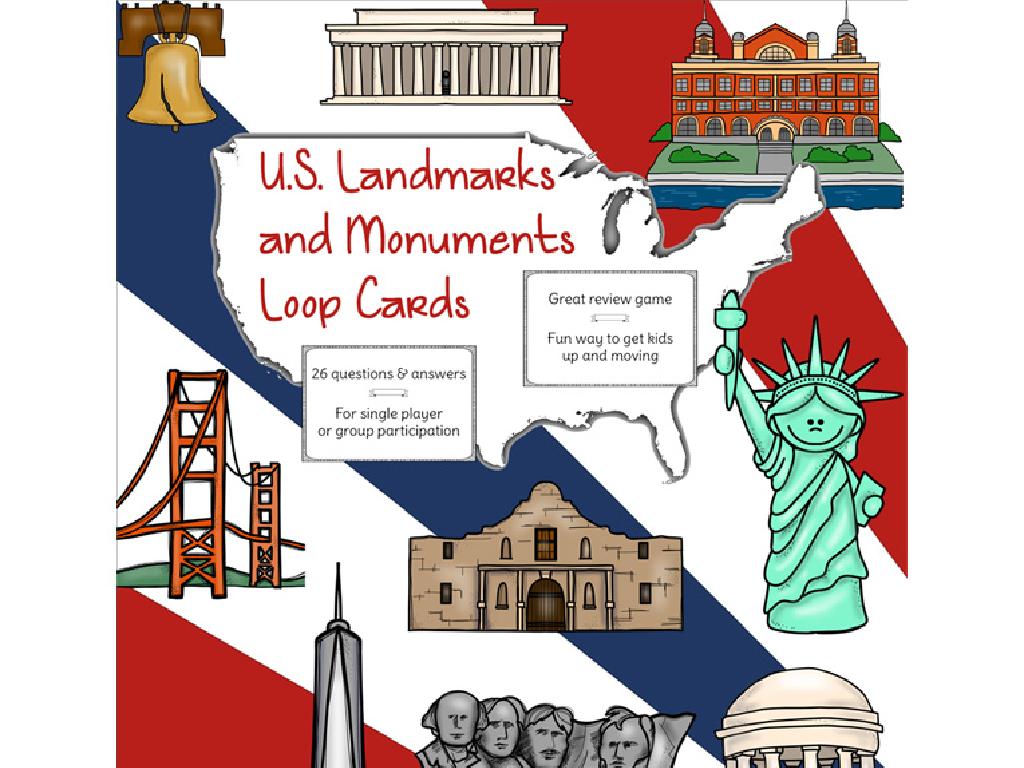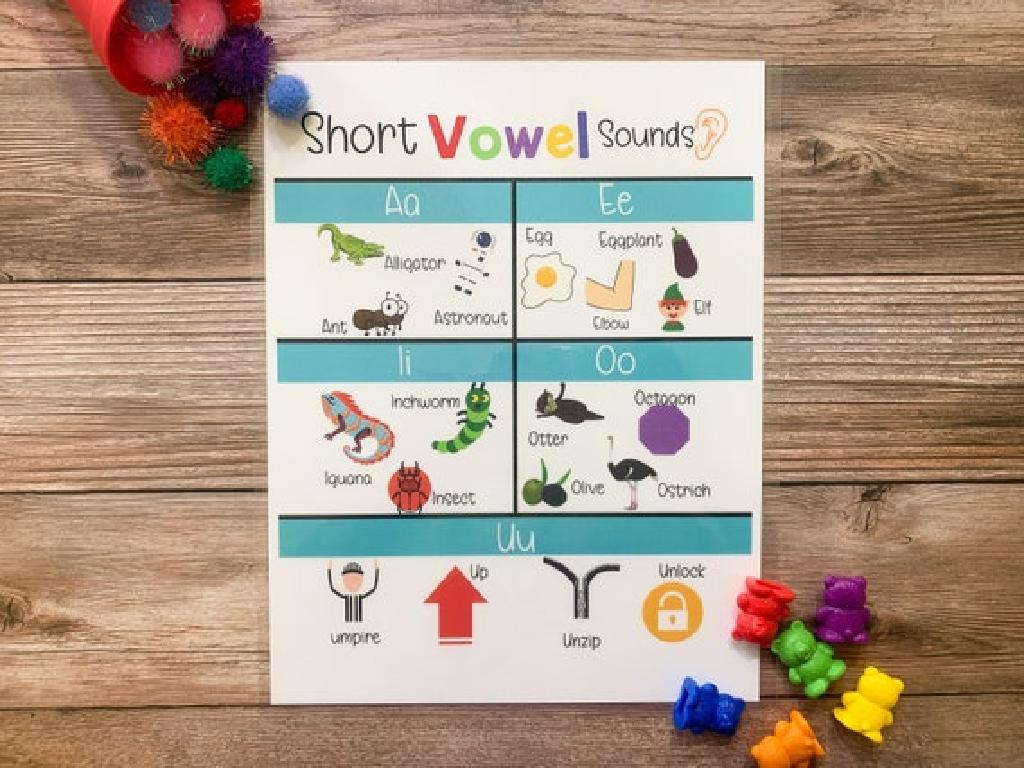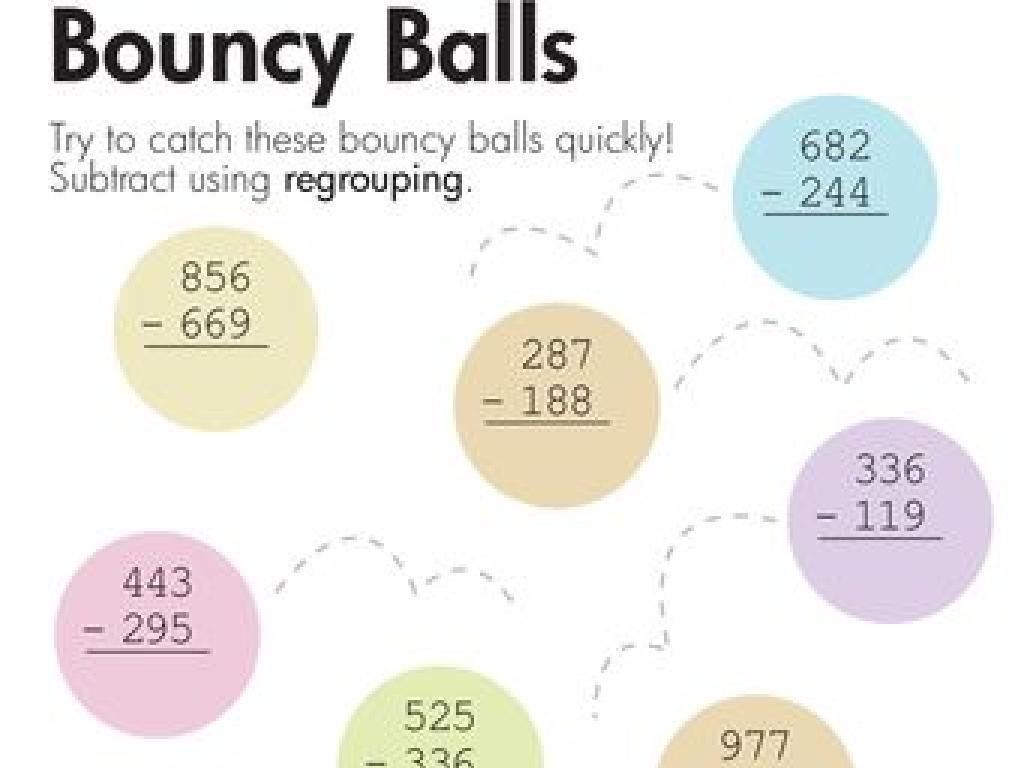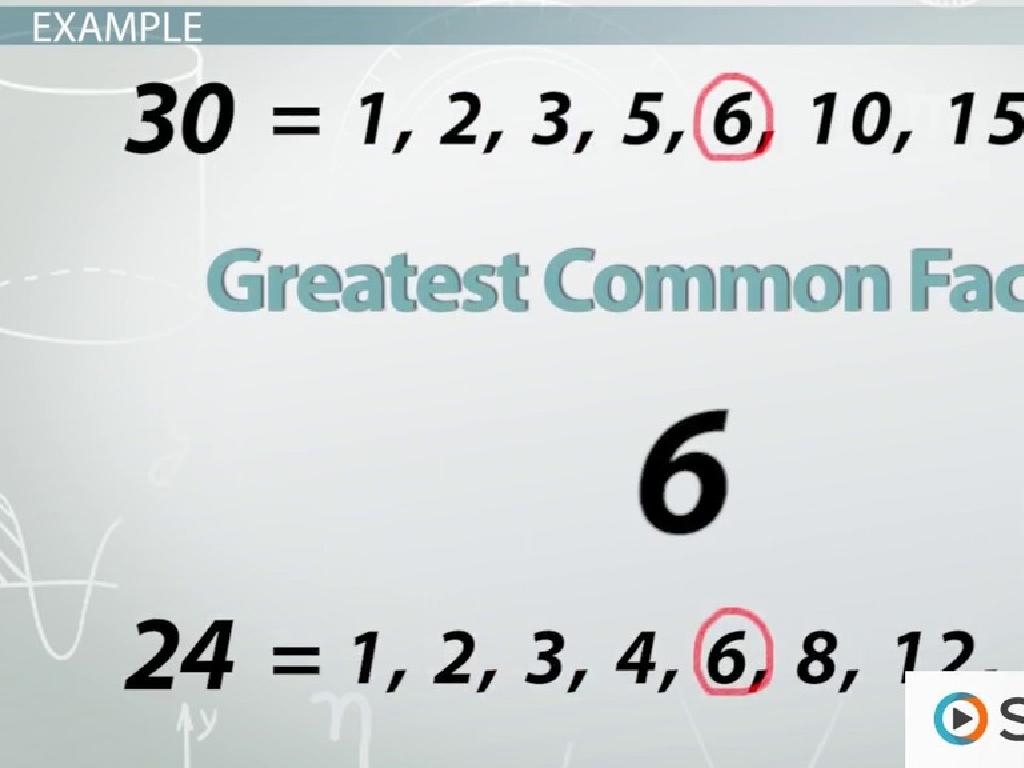Volume Of Prisms: Advanced
Subject: Math
Grade: Seventh grade
Topic: Surface Area And Volume
Please LOG IN to download the presentation. Access is available to registered users only.
View More Content
Exploring Volume of 3D Shapes
– Understanding 3D shapes
– Shapes with length, width, height
– Defining volume
– Space inside a 3D object measured in cubic units
– Volume’s role in daily life
– Used in cooking, packing, filling pools
– Calculating volume of prisms
– Use formula: Volume = base area x height
|
This slide introduces the concept of volume as it applies to three-dimensional shapes, which are characterized by having length, width, and height. Volume is the measure of the space occupied by a 3D object and is expressed in cubic units. Understanding volume is crucial in everyday life for activities such as cooking (measuring ingredients), packing (determining box sizes), and filling swimming pools (calculating water needed). Emphasize the practicality of knowing how to calculate the volume of prisms, which is done by multiplying the area of the base by the height of the prism. Provide examples with different base shapes (e.g., rectangles, triangles) to illustrate the process. Encourage students to think of other scenarios where they might need to know the volume of an object.
Recap: Volume of Rectangular Prisms
– Review volume formula for prisms
Volume = length x width x height
– Example: Calculate given dimensions
Use dimensions: L=5cm, W=3cm, H=2cm. Find volume.
– Share answers with the class
– Discuss different solutions
|
Begin with a quick review of the volume formula for rectangular prisms to refresh students’ memory. Then, present an example problem with specific dimensions and guide the students through the process of calculating the volume. Afterward, encourage class participation by asking students to share their answers and explain their methods. This will help to reinforce their understanding and allow for the discussion of different approaches to the same problem. Make sure to clarify any misconceptions and provide additional examples if necessary. The goal is to ensure students are comfortable with the concept of volume and can apply the formula correctly.
Volume of Triangular Prisms
– Identify the triangular base
– The base is the triangle; find its area first.
– Volume formula application
– Use V = (base area) × height of the prism.
– Step-by-step volume calculation
– Calculate base area, then multiply by prism height.
– Practice with an example
– Example: Base area 15 cm², height 10 cm, Volume = ?
|
This slide introduces students to the concept of finding the volume of triangular prisms. Start by identifying the base of the prism, which is always a triangle, and ensure students can find its area. Then, present the volume formula for triangular prisms, V = (base area) × height, and guide students through a step-by-step process to calculate the volume. Provide a clear example, such as a prism with a base area of 15 cm² and a height of 10 cm, and ask students to calculate the volume. Encourage students to work through the example and verify their understanding by solving similar problems.
Exploring Other Prisms
– Defining a prism
– A prism has two congruent bases and rectangular sides
– Volume formulas for prisms
– V = B * h, where B is the area of the base and h is the height
– Group Activity: Matching game
– Discuss activity findings
– Share how you determined the correct formulas
|
This slide introduces students to the concept of prisms and their volume. Begin by defining a prism, emphasizing the congruent bases and rectangular faces. Then, present the general volume formula for prisms, V = B * h, and explain that B represents the area of the base shape and h is the height of the prism. For the group activity, provide various prism shapes and their corresponding volume formulas on cards. Students will work in groups to match each prism with its correct volume formula. After the activity, facilitate a discussion where students explain their reasoning and how they identified the correct formulas. This will reinforce their understanding of the relationship between the shape of the base, the height of the prism, and the volume formula.
Advanced Volume Problems: Combining Prisms
– Tackle complex prism combinations
– Understand how to break down combined shapes into individual prisms.
– Solve for total volume
– Add the volumes of each prism to find the total.
– Strategies for complex shapes
– Use cross-sections and base-area multiplication.
– Practice with examples
– Apply these methods to solve provided problems.
|
This slide is aimed at challenging students with advanced problems involving the combination of multiple prisms. Students should learn how to deconstruct complex shapes into simpler prisms that they can manage. They will practice finding the volume of each individual prism and then combine these to determine the total volume of the shape. Provide tips like visualizing cross-sections and using the area of the base times the height to find the volume. Encourage students to apply these strategies to the examples provided in class and to practice with additional problems for homework to reinforce their understanding.
Class Activity: Volume Scavenger Hunt
– Find objects around the classroom
– Estimate their volume
– Use estimation skills before calculating
– Calculate actual volume
– Apply volume formulas for prisms
– Present findings to the class
|
This activity is designed to help students apply their knowledge of calculating the volume of prisms in a fun and interactive way. Students will search for various prism-shaped objects in the classroom, such as boxes or books, and first make an educated guess about their volume. Then, they will use the volume formulas they’ve learned to calculate the actual volume of these objects. Afterward, students will present their objects, estimations, and calculations to the class. For the teacher: Prepare a list of possible objects students can find and ensure they vary in complexity. Have volume formulas readily available for students to reference. Encourage students to explain their thought process during their presentation to reinforce their understanding.
Homework: Mastering Volume of Prisms
– Solve practice problems on prism volume
– Practice with different prism shapes and sizes
– Discover volume applications in real life
– How is volume used in engineering, architecture?
– Study surface area for the next class
– Understand how to calculate surface area
– Review and prepare questions
|
Assign a set of practice problems that cover a variety of prisms to ensure students are comfortable with the concept of volume. Encourage them to explore how volume is used in real-world scenarios, such as in building design or product packaging, to provide context to the mathematical concept. Prepare them for the upcoming class by asking them to read about surface area, which is closely related to volume. Remind students to come to the next class with questions or topics they found challenging during their review. This will help reinforce their understanding and address any gaps before moving on to related concepts.





